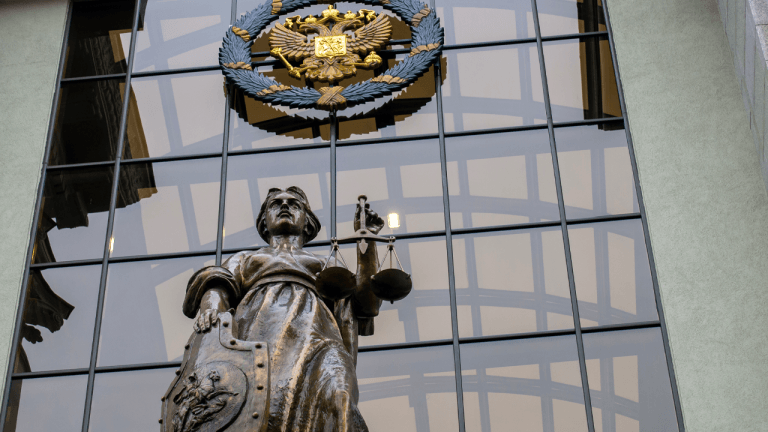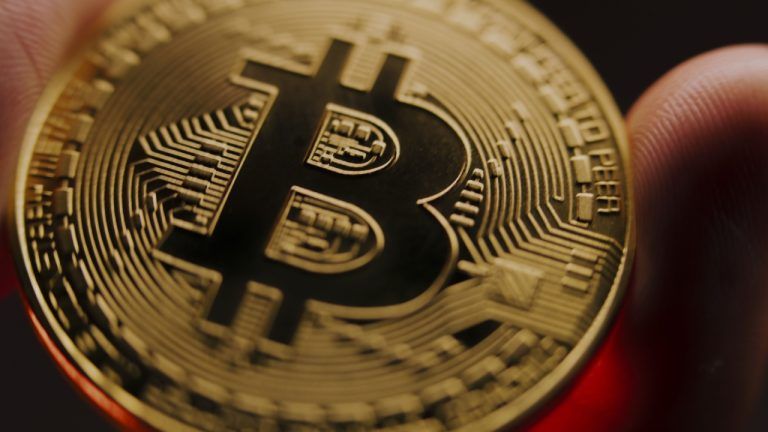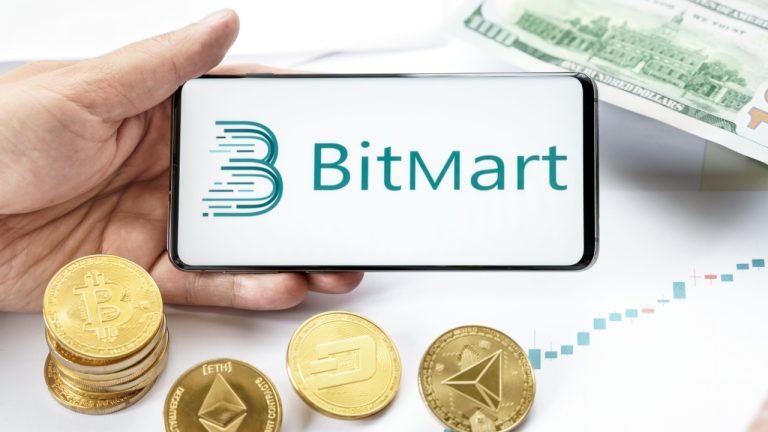The irreversibility of blockchain transactions is often touted as proof of crypto’s security. Because a transaction cannot be undone, there is no way for scammers to initiate a chargeback after they have transferred funds to purchase a product. It provides the ultimate level of protection for sellers – especially those who might have been burned in the past using a third-party service such as PayPal, where chargebacks are not only common but also very difficult to challenge in the event of being scammed.
There’s an argument to be made that blockchain’s irreversibility is one of the reasons it is such a secure technology. However, there are downsides to this unique characteristic of blockchain. After all, blockchain users are only human, and mistakes are often made. The problem is that blockchain wallet addresses are essentially a long string of random numbers and letters, and it’s very easy to make a mistake when entering one manually. If an address is incorrect and the transaction is confirmed, those funds will either end up in the wrong wallet or be lost to the ether for eternity, never to be seen again.
A second problem arises from the complexity of DeFi, where users will often conduct a series of cross-chain transactions. For instance, they might borrow from a protocol on one chain, then bridge these tokens to another chain before depositing them in a liquidity pool. This is a three-step transaction that traders might perform to take advantage of arbitrage opportunities, but such transactions are fraught with risk in case any of the steps in the process fails.
Why Can’t Blockchain Transactions Be Reversed?Transaction finality is a key design feature of blockchain that’s necessary due to its decentralized nature. Unlike a bank transfer, which is carried out by a trusted third-party, blockchain transactions are processed by validators when consensus among the various nodes that make up the network is reached. Because the blockchain records are stored across multiple nodes, the distributed ledger is immutable, meaning it cannot be altered by any single node, or user. If someone tried to alter a transaction, the rest of the network would know about it and reject that alteration.
Blockchains are designed this way for security reasons, as it eliminates a problem known as “double spending“, where a user might try to cheat and use the same funds to carry out multiple transactions.
So due to the way blockchains are decentralized, there is no way to reverse a transaction. The only way funds can be returned is if the person who received them decides to send them back. That can be problematic, because if funds are sent to a complete stranger, that person may well be tempted to keep them, as they won’t face any trouble for doing so.
The Problems Caused By Irreversible TransactionsWhile many people see blockchain irreversibility as a good thing, it can also cause big problems when mistakes are made. There’s a strong argument to be made that if cryptocurrency is to replace fiat as a mainstream payment method, then people will need a way to reverse transactions when funds are sent to the wrong address.
Although most mistakes are eliminated by simply copying and pasting addresses or scanning a QR code, these methods are not entirely flawless. It’s possible to accidentally alter the address after scanning it, for example. Alternatively the sender might input the wrong amount of coins to be sent. This happens more often than people realize because people often price things in U.S. dollars or another fiat currency, then send the equivalent amount in crypto. In order to send $50 in BTC, a user will have to transfer 0.0027 BTC at the current rate. But it’s all too easy to accidentally send 0.027 BTC ($500) instead.
It’s not just mistakes that are a concern though. Another big issue is wallets being hacked. In traditional banking, users are reassured that if their bank account is hacked and someone transfers money out of their account, the bank will eventually refund them the amount that was lost. This won’t happen with blockchain transactions, as there is no centralized body that’s able to provide the refund. Security is the sole responsibility of individual users, so if your wallet is somehow compromised, you can almost certainly say goodbye to whatever funds were in it, forever.
Why A Safety Net Is NeededIt’s clear that many people stand to benefit from having the ability to reverse blockchain transactions. However, the difficulty is enabling this in a way that doesn’t compromise blockchain security. If someone can send payment for goods or services and then reverse that transaction once the product has been delivered, crypto will lose all credibility and no one will use it anymore.
It’s a tricky problem to solve but there are some very smart minds that have already come up with a solution. A good example is the t3rn protocol, which has developed a platform that executes smart contracts with a built-in fail-safe mechanism to ensure that complex transactions are either processed correctly, or reversed completely in the event of any problems.
T3rn provides a good illustration of how its fail-safe mechanism works in this blog post. Imagine a user is planning a five-step transaction that involves bridging tokens from Ethereum to Polkadot and then to Moonbeam, with various additional swaps and deposits along the way. These kinds of transactions are typically performed by DeFi traders, but can cause problems if the user doesn’t have enough coins in their balance to pay the gas fees for each transaction. Should they run out of gas on step three or step four, the tokens will remain at that step, causing major headaches for the trader. They’ll almost certainly miss out on whatever arbitrage opportunity they were hoping to exploit.
&
With t3rn this isn’t a problem. Its unique fail-safe mechanism involves placing the assets involved in each step of the transaction in escrow. In this way, they’ll only be released once each step of the transaction has been successfully executed. If any one of the steps fail to be carried out, t3rn will simply cancel the transaction and all of the previous steps will be reverted. As you can see in the above example, Bob will simply get all of his original ETH tokens back in his wallet, without losing any gas fees.
The great thing about t3rn is it allows users to compose complex transactions through a simple user interface, in which each of the steps is arranged in a chronological way. The protocol supports multiple wallets too, including MetaMask, Ambire Wallet and others.
Paving The Way For Greater AdoptionThe blockchain reversibility enabled by t3rn could well prove to be transformational for the crypto industry. It opens up the possibility for users to better protect their digital assets by introducing a safety mechanism for every single transaction they ever make. If someone accidentally sends $500 worth of tokens instead of just $50, they now have a way to reverse that transaction and correct the error, without relying on the honesty of the person who received the funds.
Such a capability is an essential safeguard that will benefit ordinary users and DeFi traders equally, and perhaps create greater trust in crypto overall. While blockchain’s transaction finality cannot, and should not be sacrificed, people still need a way to avoid being punished for honest mistakes. By providing that capability, t3rn could go some way to onboarding the next-generation of more cautious crypto users who require some kind of safety net.

You can get bonuses upto $100 FREE BONUS when you:
💰 Install these recommended apps:
💲 SocialGood - 100% Crypto Back on Everyday Shopping
💲 xPortal - The DeFi For The Next Billion
💲 CryptoTab Browser - Lightweight, fast, and ready to mine!
💰 Register on these recommended exchanges:
🟡 Binance🟡 Bitfinex🟡 Bitmart🟡 Bittrex🟡 Bitget
🟡 CoinEx🟡 Crypto.com🟡 Gate.io🟡 Huobi🟡 Kucoin.




















Comments